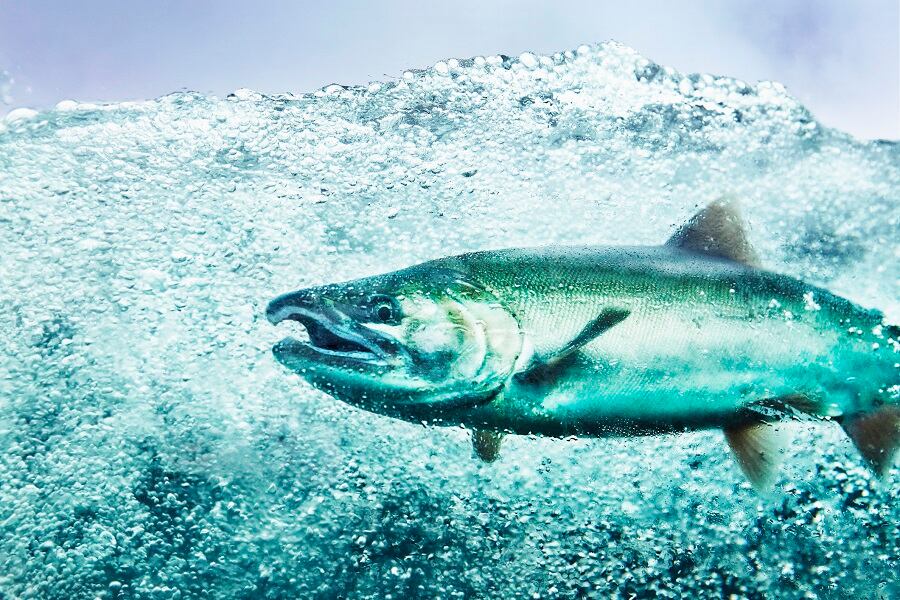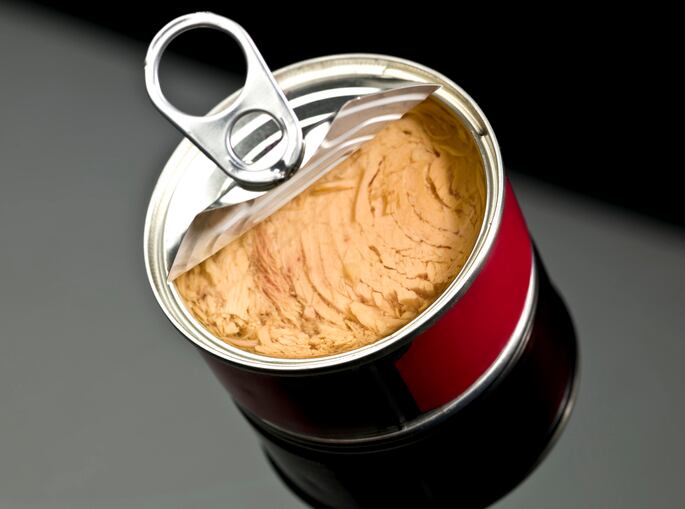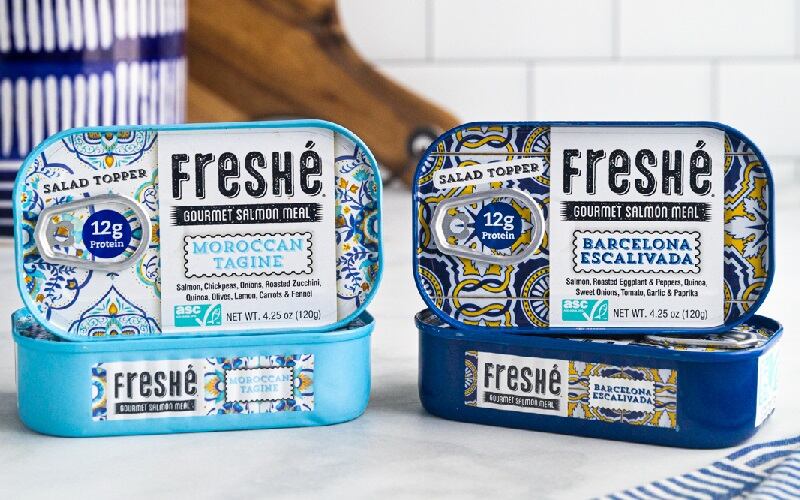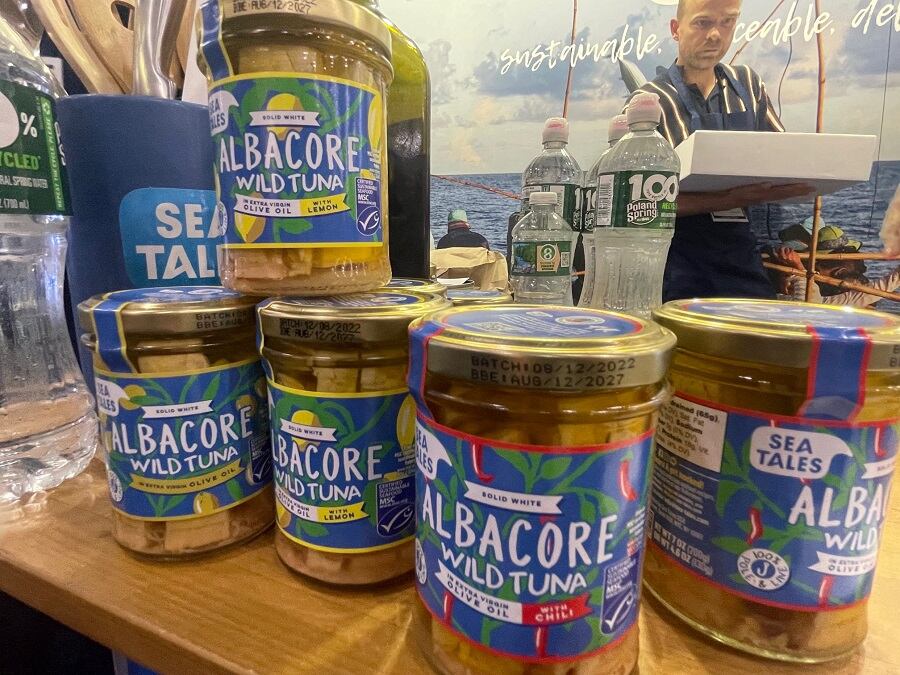The multi-million dollar funding from Cuna del Mar will help LocalCoho expand its Coho salmon pilot facility located in the Finger Lakes region and begin expansion across the US with the Midwest as the next likely region.
Native to the Pacific Northwest, Coho salmon hatches in freshwater, eventually migrating to saltwater environments. Using Recirculated Aquaculture Systems (RAS) technology, LocalCoho grows salmon indoors from egg to harvest, which "minimizes impact on the local environment and wildlife and allows farms to be sited in areas local to the customers they serve," the company stated in a recent press release.
LocalCoho continues to pursue additional investments to fund next growth phase
Specializing in aquaculture investments, Cuna del Mar’s portfolio includes Earth Ocean Farms (Mexico), openblue (Panama), InnovaSea, Sol Azul Mari Cultivos (Mexico), Blue Ocean Mariculture (Hawaii) and the Center for Aquaculture Technologies (Canada and California).
In November 2022, the company received its first significant investment from seafood industry veteran, Rodger May of Peter Pan Seafood. The funding contributed to expanded harvest capacity and continued improvements to husbandry practices. In the same year, LocalCoho received a $500,000 grant from New York State Development which contributed to its commercialization.
The company will continue to fund its next growth phase with a goal of raising an additional $4 million by the end of 2023.
US aquaculture production has waned due to reliance on foreign seafood
Marine aquaculture represents seven percent of total domestic seafood production by weight according a 2022 report by the National Oceanic and Atmospheric Administration (NOAA). While 80% of marine aquaculture consists of bivalve mollusks (i.e. oysters, clams and mussels), salmon and shrimp, along with a growing number of other species, make up the rest.
The organization also reports that nearly a quarter of Alaskan salmon and up to 80% of Pacific Northwestern salmon are bred in hatcheries, underscoring aquaculture’s contribution to millions of hatchlings to wild populations.
However, the US, once ranked as one of the top five producers, is a minor player in the aquaculture space, ranking 18th worldwide. Importing 70% to 80% of its seafood, the US relies heavily on foreign aquaculture, creating a national seafood trade deficit of $17bn in 2020.
Regionally, the South and West contribute significantly to US aquaculture production, with nearly $850 million and $475 million in sales each year, respectively, according to USDA’s 2018 Census of Aquaculture.
While Maine, Massachusetts and Maryland lead Northeast production, New York’s aquaculture production contributes roughly $20 million to the region’s estimated $1.2 billion value.




